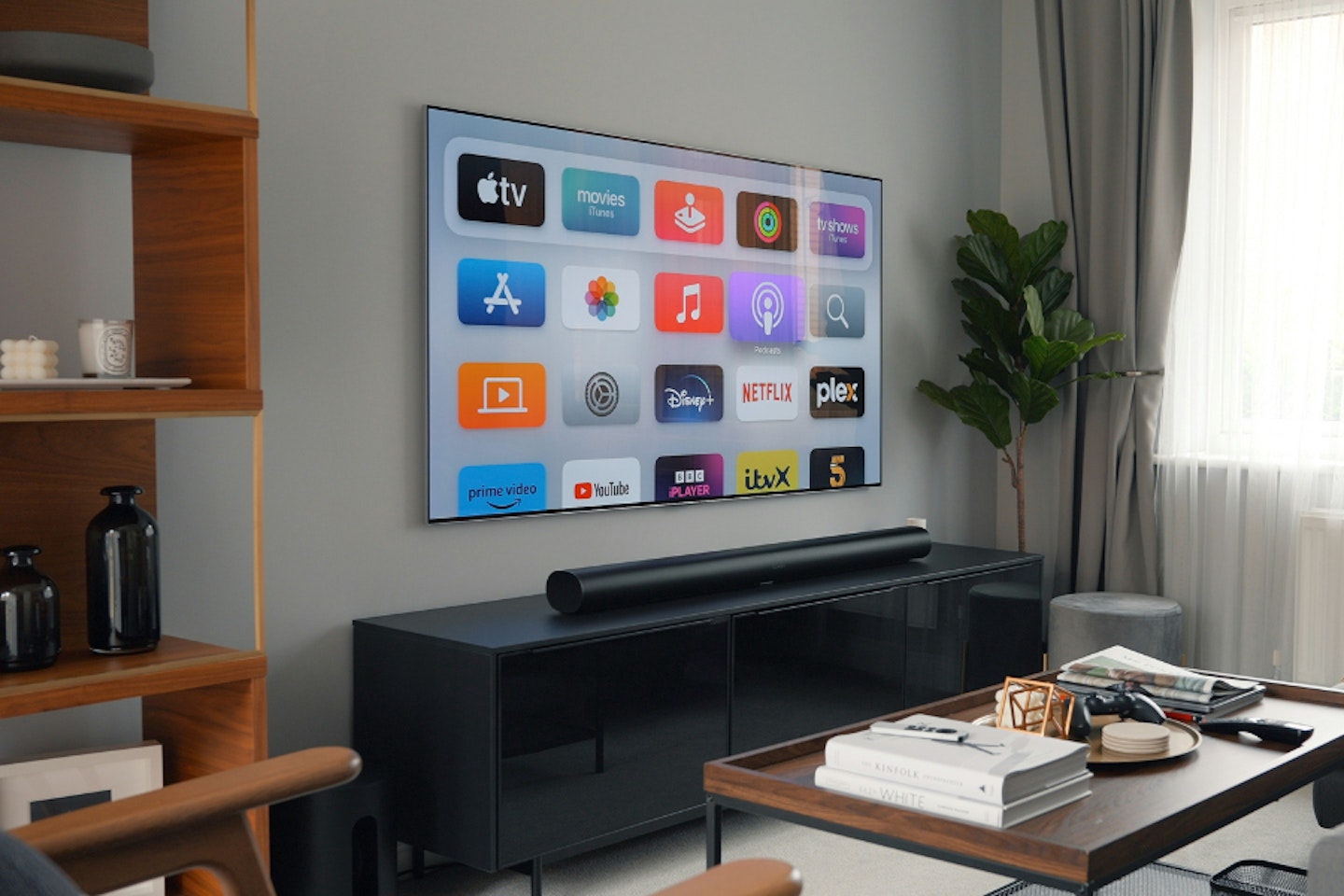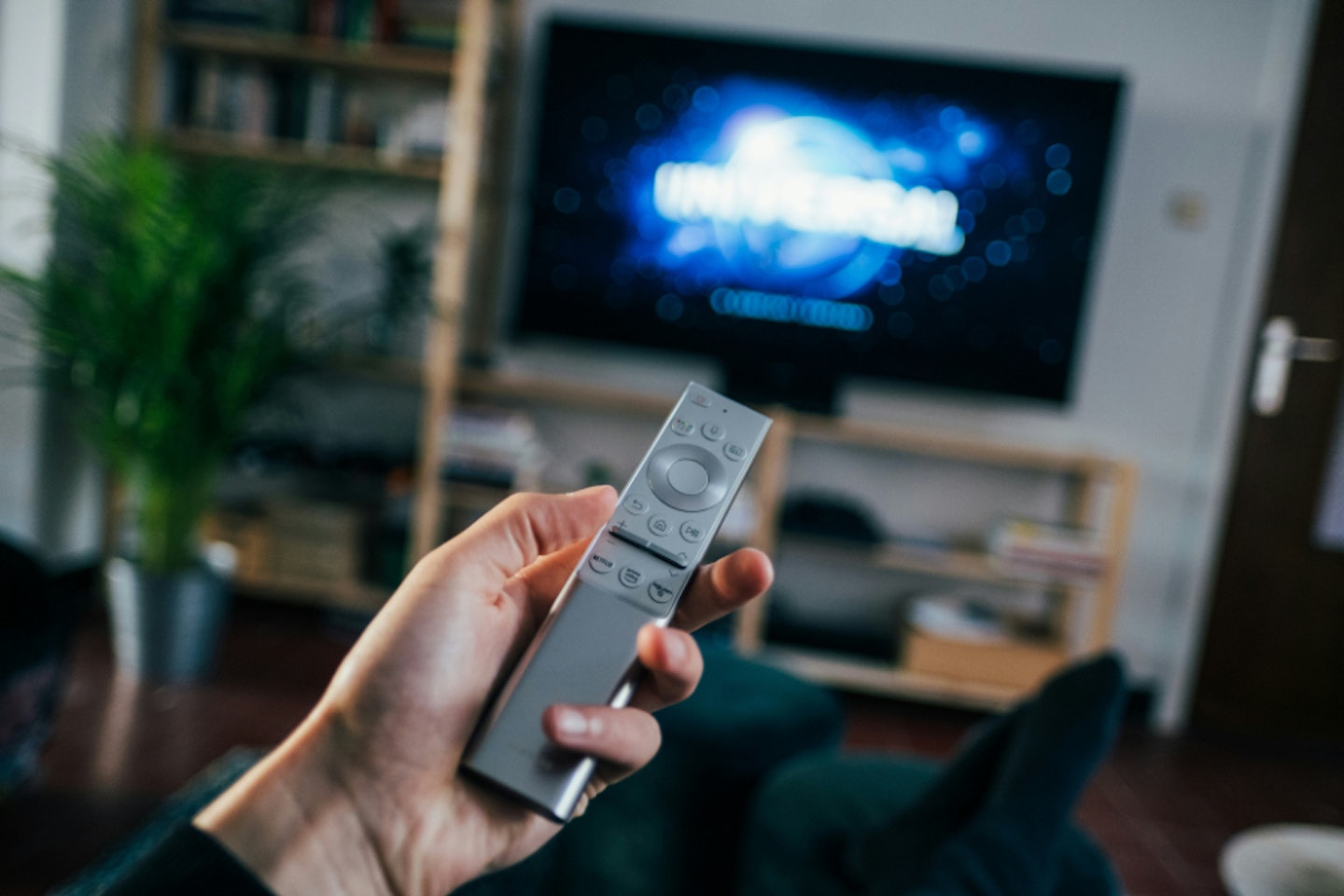Samsung smart TVs are perhaps the best televisions on the market – they're masterfully designed and manufactured with razor-sharp bezels, ultra-thin screens and the most vibrant QLED panels available. These powerful smart TVs are perfect for settling in for a blood-pumping thriller, a breathtaking sprawling fantasy game, and especially a relaxed, voluminous television show.
Whether you have one of the best budget TVs or a full-fledged QLED TV, you'll need to tweak your TV's settings to get the most out of your picture and create the most exciting viewing experience possible. Adjusting your TV settings, however, can be a confusing and often overwhelming process with heaps of settings to calibrate that you may be clueless about.
At What's The Best, we're here to offer top-notch advice on creating the perfect TV settings for you and your home cinema, so sit back, grab your remote, and let's bring the most quality out of your television.
Adjusting your picture: the basics

For most Samsung smart TV users, their basic television picture setting is likely to look excellent – but, it's worth trying to get a little more out of your sharp picture.
To explore and find a great picture preset, you'll need to go to Picture Mode. To access Picture Mode, go to the following; Settings (this is often a labelled button on the remote or a cog symbol), select Picture, then go to Picture Mode.
Once you're here, you'll find a huge range of presets to give your Samsung smart TV a distinct aesthetic. These picture modes include; Standard, Dynamic, Natural, Movie, and Filmmaker Mode.
Standard Mode:
Standard Mode offers general performance with no adjustments to the brightness of the backlight output - so the screen's colours remain neutral. Standard Mode is perhaps the most solid choice for those looking for accuracy and comfort from an overly bright display.
Dynamic Mode:
Dynamic Mode is a favourite amongst film lovers looking to get the most out of their TV screen. Bold colours and visuals and an overall brighter screen, Dynamic Mode attempts to deepen dark colours and make brighter tones more vibrant. For the best QLED TV users, this is a great way to truly experience the next level of brightness of their marvellous smart TV, but this can often be almost too much.
For those with sensitive eyes, steer clear from Dynamic Mode, you might cause eye strain after a long day of film bingeing and gaming.
Natural Mode:
Natural Mode, in complete opposition to Dynamic Mode, offers a much subtler, albeit less exciting screen option for Samsung TVs, which is perfect for those who dislike excess brightness. The colours are warm and inviting, which makes for a perfect relaxing watch after work.
Movie/Filmmaker Mode:
A popular choice for film buffs, this darker preset gives films and TV shows a less vibrant aesthetic that filmmakers consider more accurate to how their films were shot. Far less colourful but warm and timeless - Movie or Filmmaker Mode is appealing for those who love film.
TV calibration: what you need to know
Looking for a little personalisation to your Samsung TV setup? Perfect your TV's display to your liking and finely tune each setting to really get the most out of your Samsung TV; here's a breakdown of what each setting does and where we recommend adjusting.
Backlight:
Backlighting is used to control the intensity of light produced by your Samsung television. This control can be useful for LED screens which have a fairly average peak brightness, and assist in improving the vividness of your smart TV.
For LED smart TVs and those with great TVs under £600, increasing your backlight is a great way to create a vivid picture, for QLED TVs, however, avoid calibrating this setting too much - they're already bright enough.
Brightness:
Brightness on your Samsung TV is often commonly misconstrued by enthusiasts - this setting does not increase your TV's actual brightness, but the intensity of onscreen colours. If you're like us, you've probably tinkered with the brightness setting in the past, only to have your TV's picture appear washed out, and far too bright.
For us, leaving brightness around 50 (or midway) is the safest choice, but increasing it slightly isn't going to ruin any visuals whatsoever utterly.
Contrast:
Contrast controls the balance of the TV's darkest tones compared to its lightest, and it's possibly the best setting to calibrate for the ultimate screen look properly.
Here, you can boost contrast up to 80 per cent, which will give you a clean, vibrant look – just take caution in oversaturating your picture, as too much will create an almost cartoonish look to your entertainment.
Sharpness:
Often toyed with but rarely done properly, sharpness boldens the edges and contours of images on screen, which can look striking. Oversharpening on a Samsung TV, however, will make images appear almost blocky and overall strange, so take caution – we'd recommend leaving this setting well alone, but if you prefer a sharper picture, boost it by around five per cent.
Tint:
Tint changes the warmth of the image and is often fairly high in Movie or Filmmaker modes. Altering tint isn't usually a great idea, so we tend to leave tint alone.
For a more natural look, however, increasing tint incrementally is a good way of making the screen picture more comfortable to the eye; an excess of tint will, make picture look strange.
Adjusting sound: creating atmosphere

To quickly adjust sound settings, your Samsung TV is likely to have at least three sound presets; Standard, Optimised, and Amplify.
To access these presets, go to Settings, then Sound, and then Sound Mode.
Standard Mode:
Standard Mode is a balanced and neutral sound for your smart TV setup, which typically sounds great as is. There isn't any bass alteration of any kind, nor voice enhancing, so you're not getting the most cinematic sound. If you have thin walls or easily perturbed neighbours, this is certainly the mode for you.
Optimised Mode:
Optimised Mode, perhaps our favourite mode, greatly enhances bass and voice, amplifying sound effects to give you a full cinematic soundscape.
Amplify:
Amplify Mode improves high and mid tones, sharpening difficult-to-hear sounds and voices, which can be useful for old movie lovers, where audio quality isn't the finest.
Calibrating sound: the basics
Samsung TVs are some of the best TVs for sound, but for audiophiles, presets aren't enough - there are a ton of settings you can alter to create a wonderful soundstage for your home, but choosing what to alter isn't easy.
Balance:
Balance is essentially the amount of sound produced by each speaker - if you want more sound coming from a certain side, this is the setting to choose. For most, however, leaving balance alone is a must.
Equaliser:
Your Samsung TV's equaliser setting assists in your television's ability to emphasise certain sound frequencies.
High-frequency sounds are high-pitched – whistling bullets, clashing swords, and all the like – these are high-frequency sounds that will be enhanced if you increase your TV's equalising with frequencies around – anything above 2,000 Hz is typically considered high frequency.
For lower, bassy rumbling, boost your low frequencies; anything below 300Hz is bassy, so if you want your television to enhance bass, this is a setting you should alter.
We'd recommend only incrementally increasing these settings if you plan to – too much of any can burn out your speakers.
FAQs: your TV setting questions answered

Anything else I should adjust?
If you're a gamer, and you've got yourself a gaming smart TV – great news, there are plenty of options to optimise your TV screen.
There should be a Gaming Mode for you to select, which aims to heighten FPS. If, with any luck, you have a 120Hz screen, this should unlock high-framerate gaming for your TV. Just ensure you're using a dedicated 120Hz HDMI port, and a cable that can transfer data at 120Hz.
How do I remove screen judder on my Samsung TV?
This is likely a problem with your Samsung TV's Motion Smoothing, which is a simple fix:
Go to Settings, then Picture, Expert Settings, and then Auto Motion Plus Settings. After which, you should see a bar to control judder reduction, but we'd recommend setting Auto Motion Plus to Custom.
Ryan Houghton is a commercial content writer for What’s The Best, known best for his expertise in gaming, with a particular soft spot for PC gaming, audio tech, televisions and smartphones.
Diligently writing for What’s The Best for almost two years, there are very few tech products Ryan hasn’t had his hands on to review; televisions, headphones, folding phones and even LEGO, if it’s nerdy, he’ll be there.
His well-versed history as one of the resident techies at What’s The Best has kept him keen to uncover the very best deals, savings and offers for those in need of a cracking deal to upgrade their setup.
In his downtime, Ryan most likely has his nose buried in a fantasy book, or his eyes glued to a screen whilst playing a tough-as-nails Soulslike or leisurely RPG, indulging in most forms of escapism where possible.
Subscribe to the What’s The Best Newsletter to keep up to date with more of the latest reviews and recommendations from the rest of the What’s The Best team.
